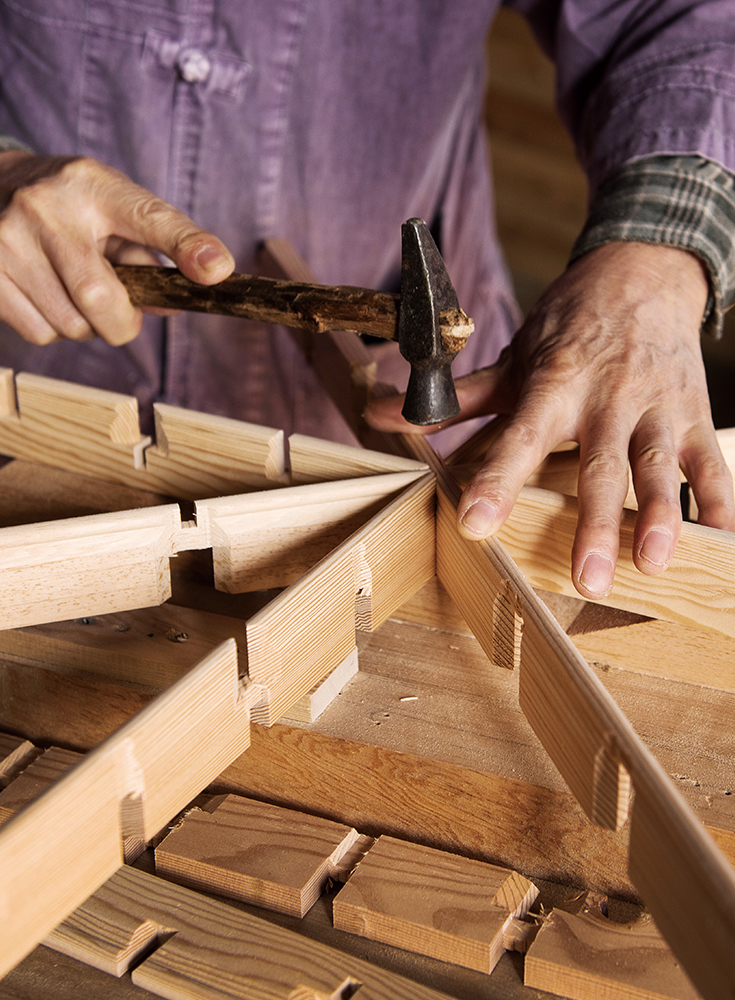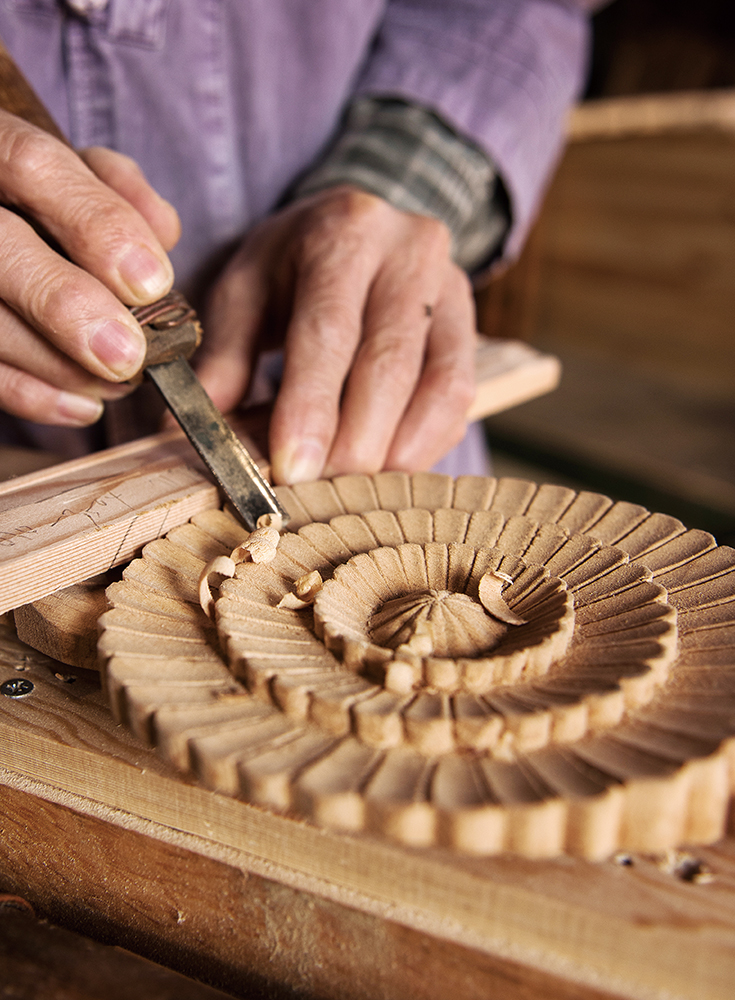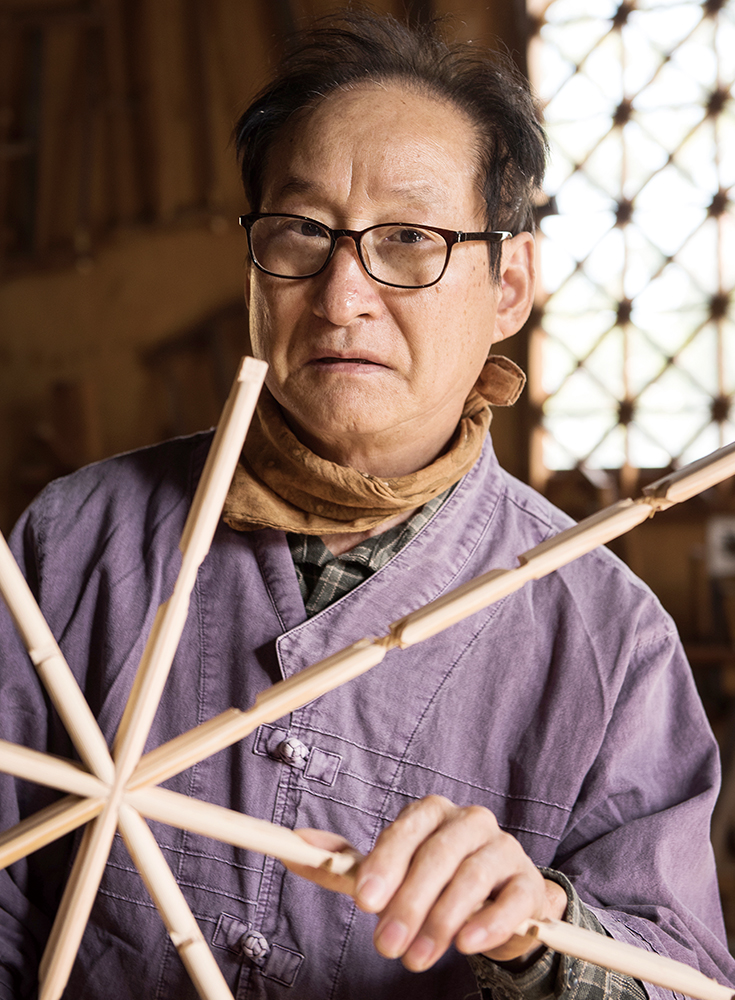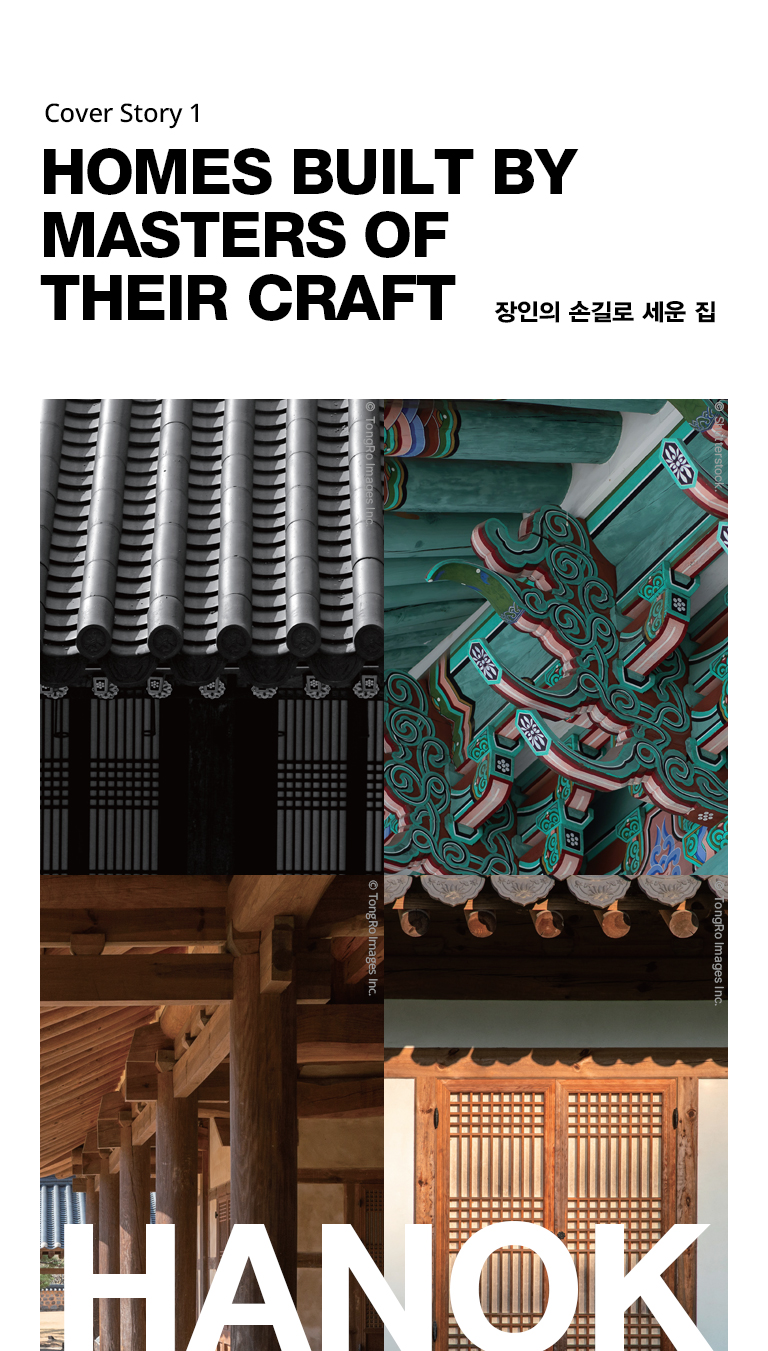
Hanok, Korea’s traditional architecture, is renowned for its spaciousness and charm. Natural materials such as wood, Hanji (traditional paper), stone and earth are transformed into objects of beauty in the hands of craftsmen, bearers of Korea’s intangible cultural heritage.
한옥은 여유롭고 멋스럽다. 목재와 한지, 돌과 흙 등 자연 소재가 장인의 손길을 만나 빚어낸 결실이다. 한국의 무형문화유산으로서 장인이 계승한 뿌리 깊은 정신과 고도의 기술은 한옥의 품격과 우아함을 빛낸다.
Writer. Hwang Ji-hae
Each Hanok offers a warm embrace, seamlessly connecting people with nature. These buildings are brought to life through the artistry of many hands, from stone masons shaping the foundation, craftsmen perfecting the ondol (traditional floor heating) and walls, and finally, a master carpenter orchestrating it all into one harmonious design.
The beonwajang is the craftsman responsible for laying giwa (traditional roof tiles) on the roof of a Hanok. A Korean saying goes, “Place even a single tile wrong, and the crossbeams will rot.” This saying reflects the precision required of a skilled beonwajang: giwa must be laid as tightly as woven threads if they’re to keep out the rain. Beyond their functional role, giwa accentuate the graceful curves of the roofline, serving as a defining feature of traditional Korean architecture. It’s no exaggeration to say the artistry of a Hanok roof depends entirely on tile-laying craftsmanship. The sweeping curves of a tiled roof radiate beauty and elegance from any angle. Korea designated beonwajang as an intangible cultural heritage in 2008 to preserve and perpetuate these traditional techniques. Lee Keun-bok and his apprentices continue the tradition today.
 (Left) © TongRo Images Inc. / (Right) © Korea Heritage Service.
(Left) © TongRo Images Inc. / (Right) © Korea Heritage Service.
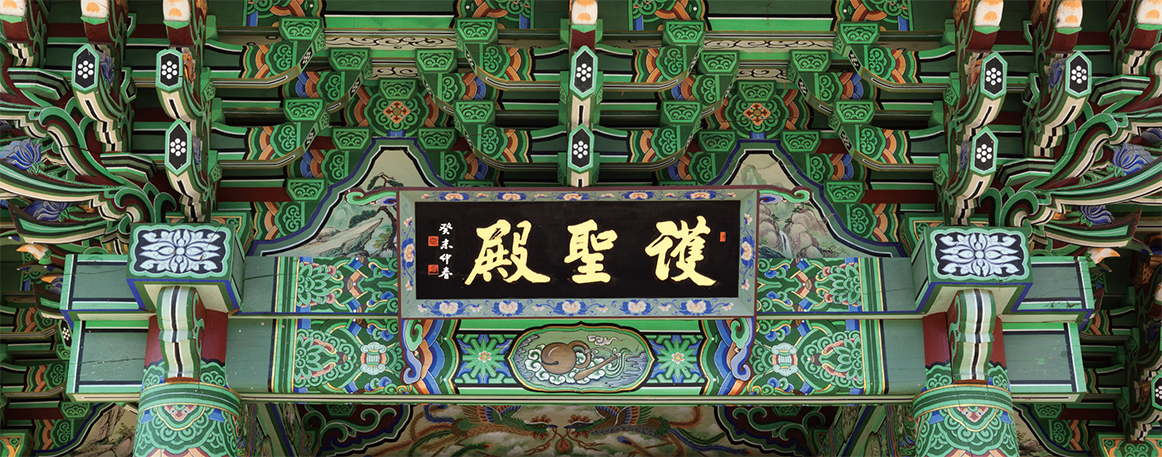 © TongRo Images Inc.
© TongRo Images Inc.
Dancheong is a decorative style of painting patterns and forms on Hanok to create a sense of splendor. Painters begin with a basic palette of six mineral-derived colors—blue, red, yellow, green, white and black—from which they can produce a wide range of hues. In Hanok architecture, dancheong can only be applied to the most ornate and elevated of structures, such as palaces and temples. Along with imparting authority and majesty, dancheong also serves the practical function of preserving wood and thus increasing a building’s lifespan. The craft used to be passed down by professional painters at Korea’s palaces and temples; in 1972, it was recognized as an intangible cultural heritage by the Korean government. The dancheong tradition is carried on today by Yu Byeong-sun (also known by his Buddhist name Dongwon), who has brought this work to a pinnacle of artistry through long years of experience.
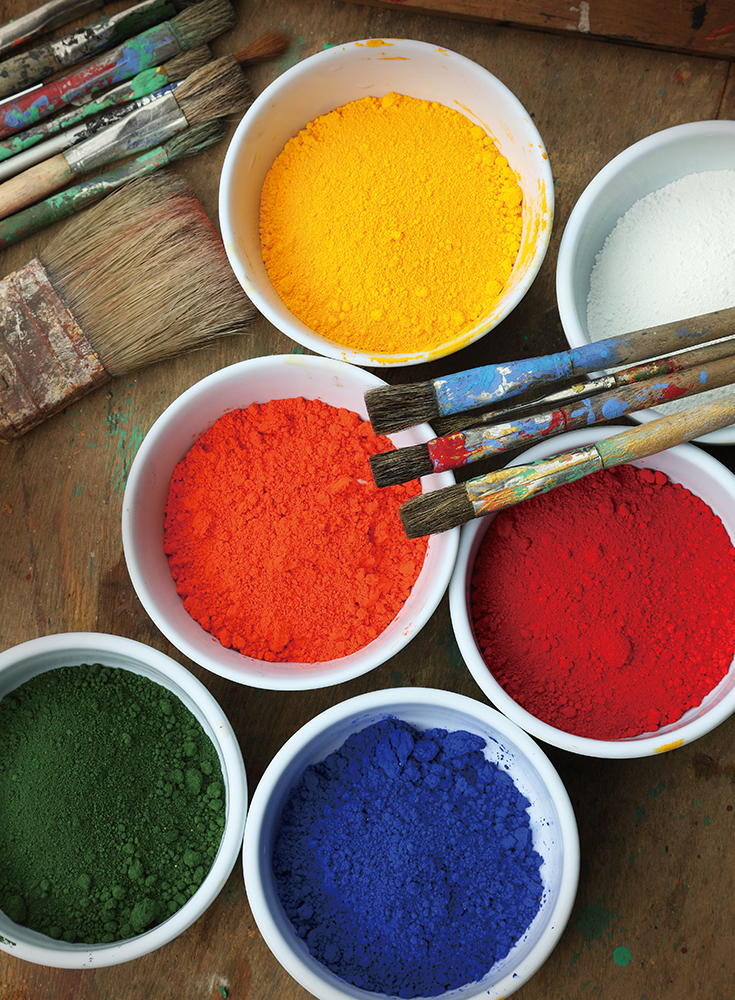 Courtesy of Korea Heritage Agency,
Courtesy of Korea Heritage Agency, 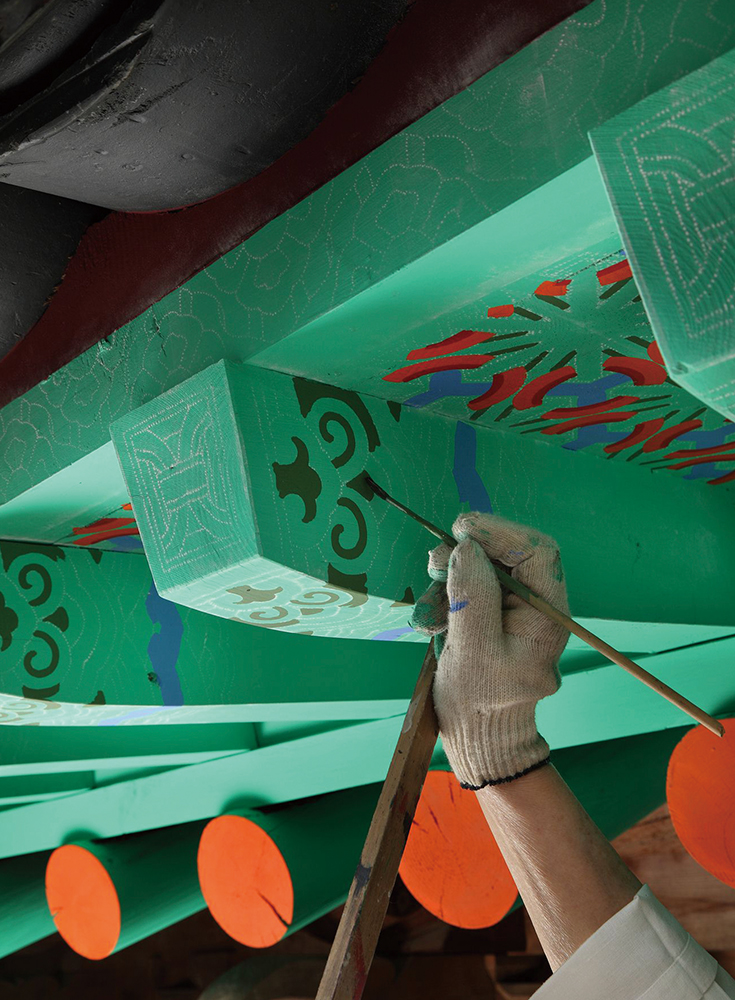 © Korea Heritage Service.
© Korea Heritage Service. © Korea Heritage Service.
© Korea Heritage Service.
Hanok construction involves a complex process consisting of multiple stages, including purpose-specific layout and design, wood shaping and assembly, utilization of traditional materials, crafting of wooden components, construction methods and dancheong (ornamental painting). A master carpenter who has mastered all these skills is called a daemokjang. Specially organized teams of artisans perform each stage of the work under the direction of the daemokjang, who functions as the conductor of the Hanok-building process.
Palaces and temples built by a daemokjang at the pinnacle of their craft are recognized as not mere buildings, but works of art. The craft of the daemokjang was designated an intangible cultural heritage by the Korean government in 1980. The requisite skills continue to be carefully passed down to the younger generation under the guidance of Choi Gi-young.
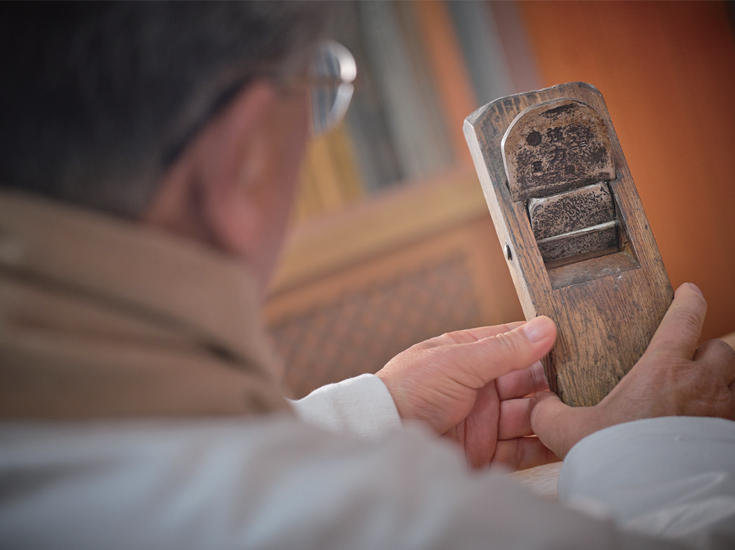
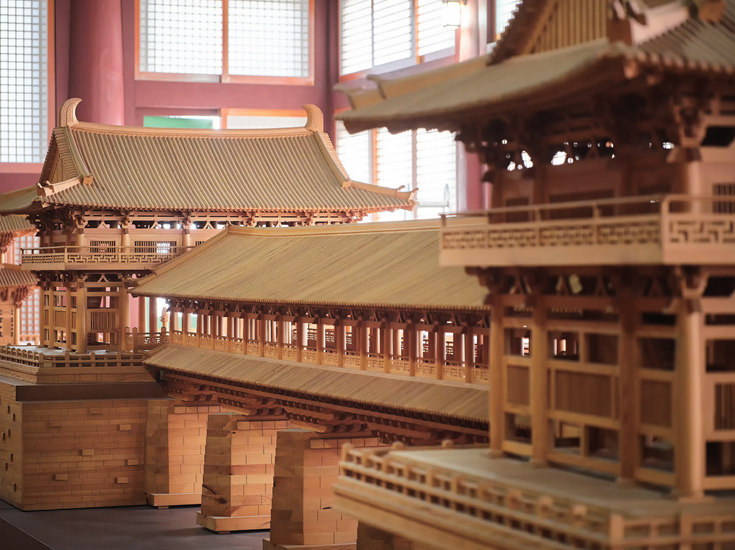
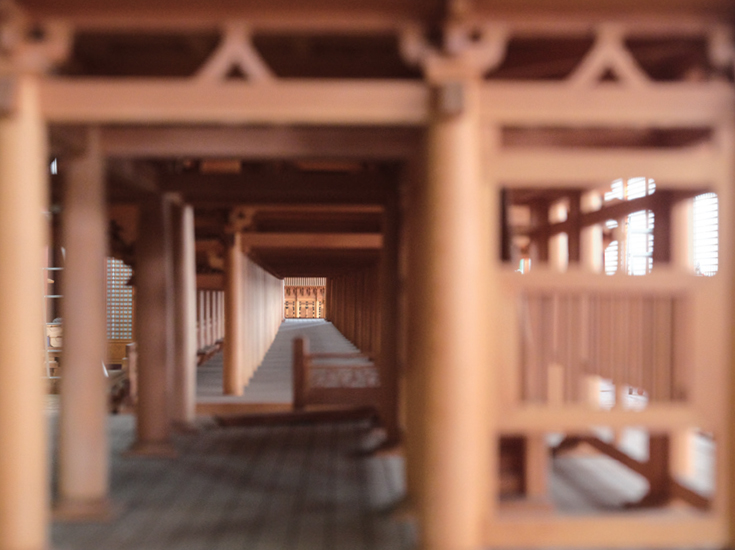

Windows are a key element of architectural design, serving as vital passages between indoors and outdoors that illuminate and ventilate the interior while giving a view of the outside. Doors and windows (changho, in Korean) of various sizes and designs complete the beauty of the structure through the delicate and detailed work of the changhojang, who operates in a domain distinct from the daemokjang. The joints, fittings and perfect proportions of these traditional windows and doors can only be achieved by highly skilled and experienced artisans. In historic houses, windows and doors bestow charm and elegance; in palaces and temples, they are adorned with intricate and beautiful carvings, such as the floral lattice pattern known as kkotsalmun, conveying a sense of nobility. Changhojang was designated as an intangible cultural heritage (at a regional level) in 2012 to ensure the craft of traditional door and window making would be handed down to future artisans. Lee Jong-han is one of the most active practitioners of the tradition today.
